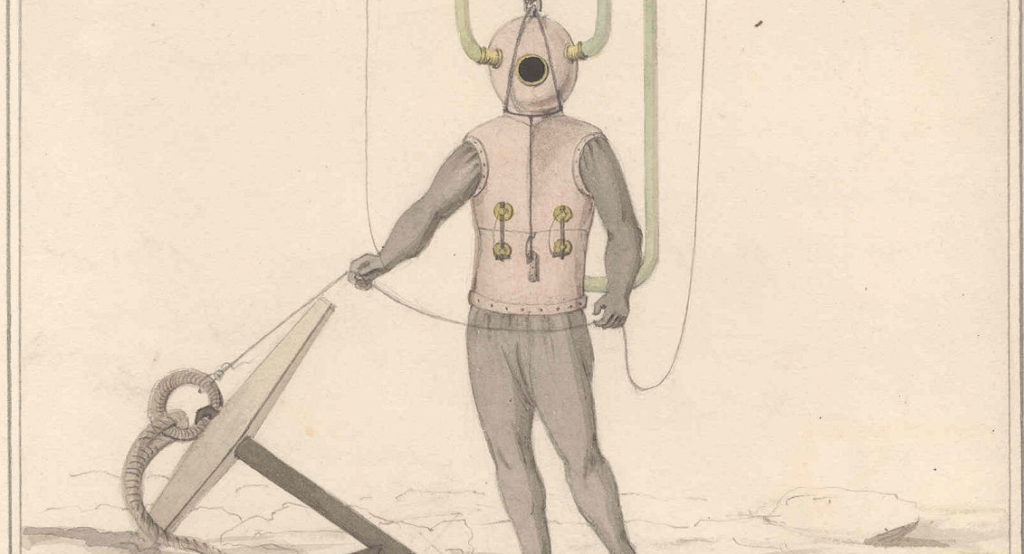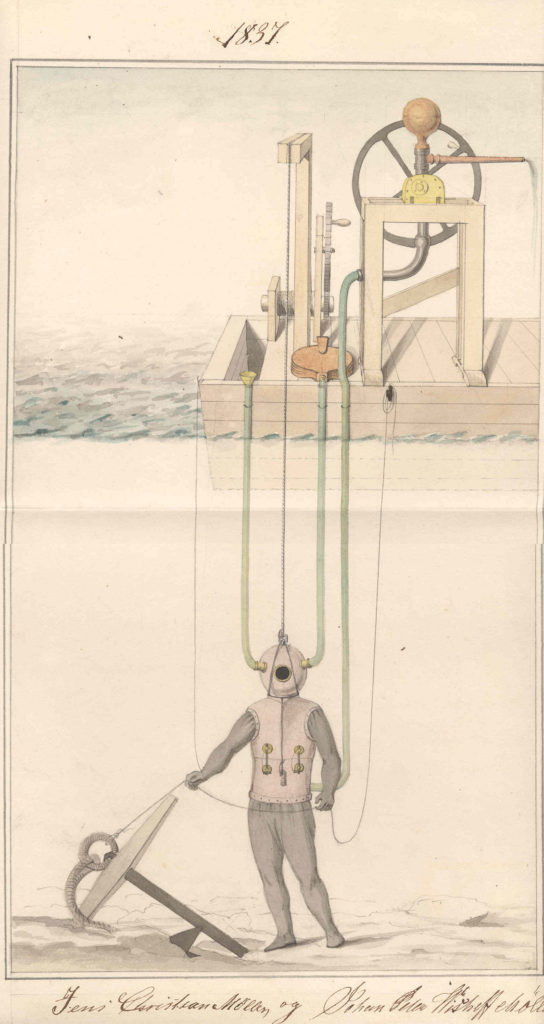
Denmark
Early commercial wreck-diving on the west coast of Denmark 1838-1938
Dr. Christopher Jacob Ries (Strandingsmuseum St. George)
To sailors traversing the North Sea in the 19th century, the West Jutland shoreline was commonly known as ‘The Iron Coast’. Shallow waters, unpredictable currents, high winds and the lack of harbours all contributed to an astonishingly high number of wreckages, that impacted heavily on the scarcely populated coastland.
Many locals gave their lives attempting to rescue crews from a watery grave, but the salvage of wrecked goods and resources – an activity known among locals as ‘milking the blue cow’ – also assured a potentially lucrative if unpredictable addition to a mixed and often struggling local economy prone to seasonal fluctuations.
Rescue and salvage work was commonly carried out according to national laws and regulations managed by the local authorities. However, with the invention of the hard-hat diving suit in the mid-19th century, a new type of economy entered the region in the form of privately owned commercial diving companies that challenged existing social and economic orders.
